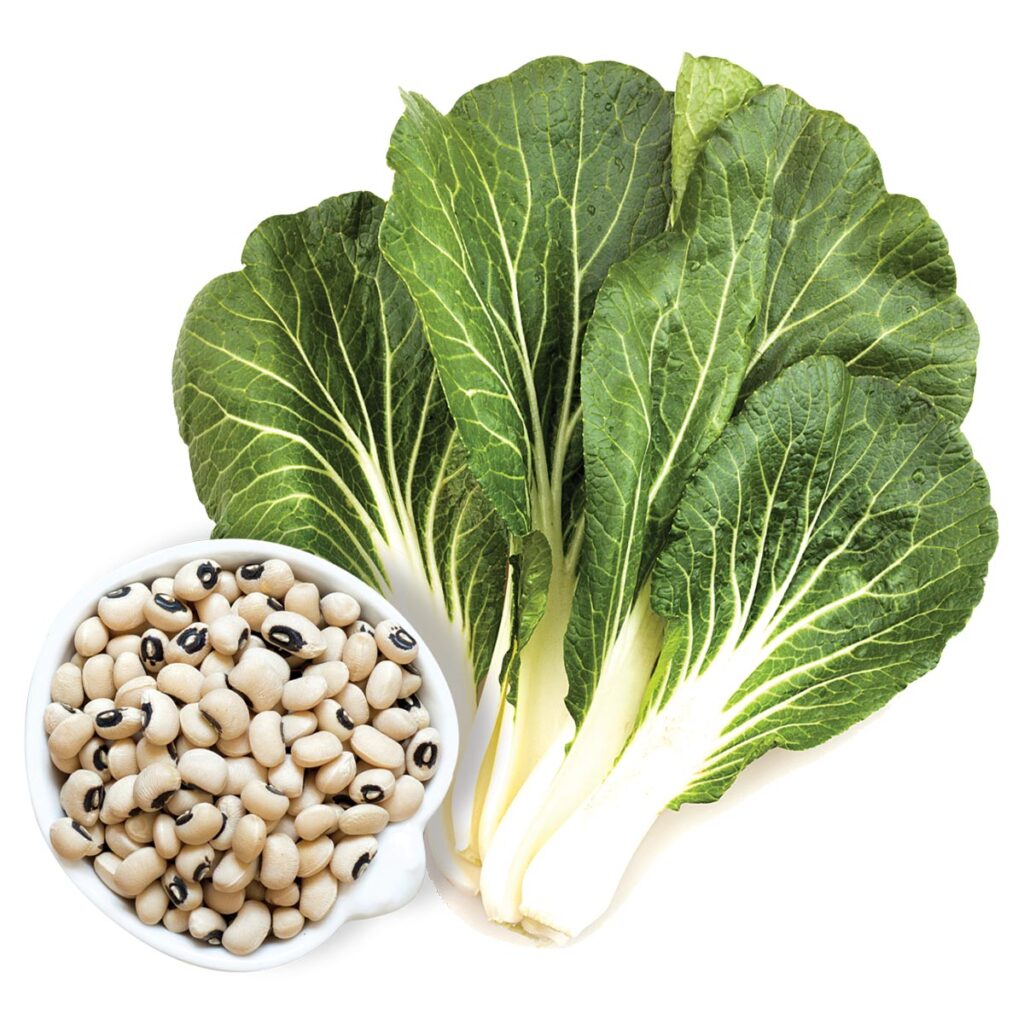For the Whole Family
Weather Pain – It’s a Real Thing
We’ve probably all heard someone say they can tell a storm is coming because of an achy elbow or knee. While it sounds like a silly old wives’ tale, there’s actually some truth behind this theory. According to The Arthritis Foundation, the forecast really can affect the way you feel – specifically when it comes to the connection between weather and arthritis pain. Changes in temperature or barometric pressure (a measure that refers to the weight of the air) can trigger joint pain. Research conducted at Tufts University found that every 10-degree drop in temperature corresponded with an increase in arthritis pain.
Source: The Arthritis Foundation

See Clearly – Understand Your Glaucoma Risk
January is National Glaucoma Awareness Month, which means it’s time to understand the risk factors of this preventable condition. According to the Glaucoma Research Foundation, more than 2.7 million Americans have glaucoma, and it’s the second leading cause of blindness in the world. So are you at risk? Those at highest risk for glaucoma are people over 60, family members of those already diagnosed, diabetics, people who are severely nearsighted, and those of African, Asian, and Hispanic descent. The best way to keep your vision intact is to get an annual comprehensive eye exam. If you do have glaucoma, treatment can slow or prevent further vision loss.
Source: Glaucoma Research Foundation


For Him
Staying Hydrate – How Much Water is Enough?
Getting enough water is a must if you want to stay hydrated and healthy, but the “eight glasses a day” rule doesn’t work for everyone. How much water you need varies from person to person and depends on many factors. But how much water does the average male need to consume each day? According to the Institute of Medicine, adequate intake for men is roughly about 13 cups of beverages. So the eight glasses of water rule isn’t too far off – just remember that the glasses need to be eight ounces, and all fluids, not just water, count toward the daily total (except alcohol).
Source: Mayo Clinic


Say No to Drowsy Driving Be Rested Behind the Wheel
Ensuring that we’re well-rested and highly alert while driving is important for everyone. But did you know that men, especially those under age 26, are a specific at-risk group for drowsy driving?
It’s especially important for those driving during the night and mid-afternoon – sleepier times in keeping with circadian rhythms – to consider their risk factors before stepping behind the wheel. The National Sleep Foundation suggests that before you drive, consider whether you are:
- sleep-deprived or fatigued (6 hours of sleep or less triples your risk)
- suffering from sleep loss, poor quality sleep, or a sleep debt
- driving long distances without proper rest breaks
- driving through the night, mid-afternoon, or when you would normally be asleep
- taking sedating medications
- drinking even small amounts of alcohol
- working more than one job and your main job involves shift work
- working more than 60 hours a week (increases your risk by 40%)
- driving alone or on a long, rural, dark, or boring road
Source: National Sleep Foundation


For the Kids
Three Superfoods for your Toddler
Most kids are fans of macaroni and cheese and chicken nuggets, but these foods don’t pack much of a nutritional punch. For a truly healthy little one, try introducing these three superfoods:
- Avocados. With plenty of monounsaturated good fats and fiber, avocados are an ideal additive to your child’s dinner plate. Plus, their mild flavor shouldn’t offend picky eaters.
- Blueberries. Vitamins, minerals, and antioxidants make blueberries full of health benefits. Try making a puree to add to cookies, brownies, or pancakes.
- Sweet Potatoes. If your toddler has a sweet tooth, sweet potatoes are a top-notch option when trying to avoid sugary treats. Packed with vitamins B, C, and E, plus calcium, potassium, iron, and fiber, they’ll aid in digestion while keeping cupcake cravings at bay.
Source: BabyCenter.com


Listen Up! - Fail-Proof Ways to Get Kids to Listen
When it’s the fifth time you’ve asked your child to clean their room, you might be well on your way to raising your voice and losing control. To avoid meltdowns, here are some simple tips for communicating with your children that will have them listening the first time.
- Stay Calm.
- Be Direct.
- State Commands Positively. Tell your child what to do, instead of what not to do.
- Give One Command at a Time.
- Give Age-Appropriate Commands. Younger children will need more direction. For example, tell them to put their clothes in the hamper, instead of clean their room.
- Give Brief Rationales.
- Be Physically Present. Don’t yell across the hallway. Instead, make eye contact and communicate your request.
- Reward Compliance.
- Make Sure You Mean It. Don’t give a command that you don’t intend to see followed through.
Source: Boys Town Behavioral Health Care
For Her
Forever Freezing - Could You Have Cold Intolerance?
During this time of year, bundling up in coats and scarves is just second nature. But if the dead of summer rolls around and you’re still reaching for your sweater, something else might be going on. According to MedlinePlus, cold intolerance is a real issue for many, and it can be especially bothersome in the winter. Classified as an abnormal sensitivity to cold environments or temperatures, cold intolerance can be a symptom of a metabolic problem. Other potential causes of cold intolerance include anemia, hypothyroidism, and vascular issues. If you have a long-term or extreme intolerance to cold, be sure to talk to your doctor about your signs and symptoms. Warmer days could be on the horizon!
Source: MedlinePlus


Well-Woman Visits - A New Year Necessity
According to the U.S. Department of Health and Human Services, all women should schedule a well-woman visit with a doctor or nurse every year. Even though you may be feeling fine, a well-woman visit focuses on preventative care and can include shots to prevent health issues, screenings to detect diseases in their earliest stage, and education to help you make the best health decisions. On a mission to lose weight or quit smoking? Your doctor or nurse can also work with you to come up with the best plan for your lifestyle so that you can meet your wellness goals. Be sure to schedule your visit for 2015!
Source: U.S. Department of Health and Human Services



